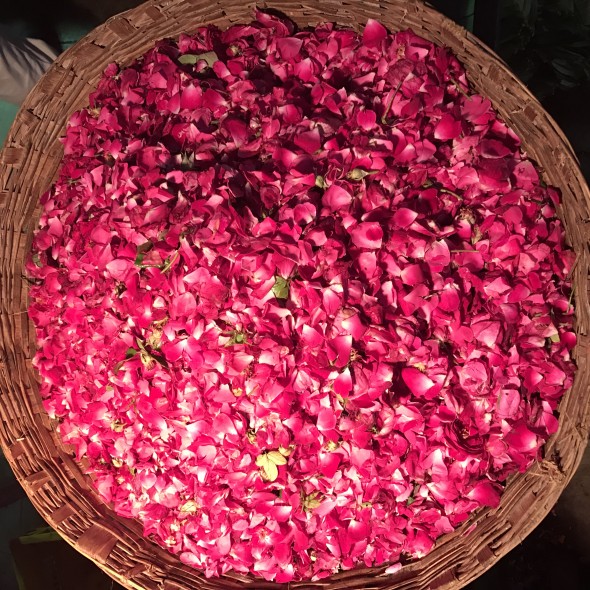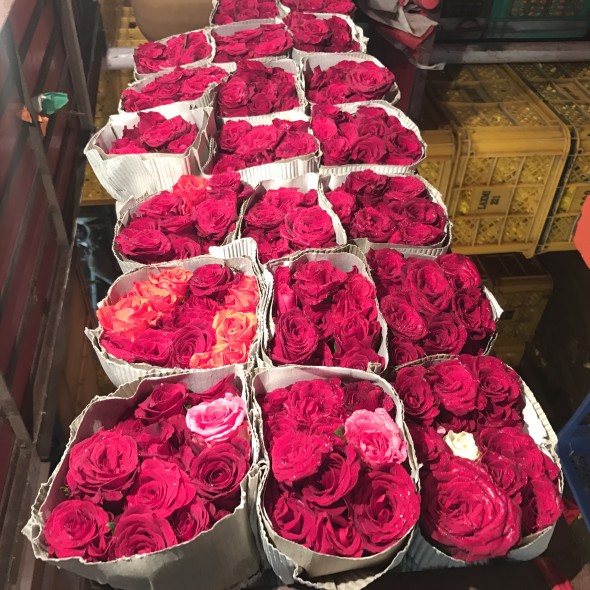
An introduction to Mumbai
By Sophie Wright
Mumbai is big. It’s chaotic. The streets are dirty. It smells horrendous.
Be prepared to be stared at, followed, and hassled incessantly by locals. Caucasian tourists feel like celebrities as groups of locals take photos and pose for selfies to take home and show their families.
Road rules are interpreted very loosely here. Who needs traffic lights or indicators anyway? Mumbai drivers use their car horns as greetings, warnings, questions and displays of aggression. You will stare death in the face multiple times in one taxi ride, thanks to the absence of distinct lanes.
This may seem menacing at first, but it’s all part of the city’s charm. Mixed in among what may seem battered, broken, or just downright scary are glimpses of vibrancy and beauty.
Some of the world’s most beautiful architecture can be found right in the heart of the city. The magnificent Gateway of India stands 25m high and serves as a popular meeting point for locals and tourists alike.
A little ways down the road, Chhatrapati Shivaji Terminus (CST) emerges from the busy streets. This palatial piece of architecture is one of the busiest train stations in the whole of India today.
Dive just a little deeper into the city and find explosions of colour and life among the dirt. The flower market in downtown Mumbai boast kilograms and kilograms of fresh flowers at prices not found anywhere else.
There’s no point in sugarcoating it – Mumbai is a place like no other. I don’t think I have ever hated a place as much as I love it at the same time.
It’s an assault to the senses…in a weirdly wonderful way.
Sophie Wright
Sophie is in her final year of a Bachelor of Journalism/Bachelor of Communication at The University of Queensland. Currently reporting from Mumbai, Sophie is excited to delve into India's TV industry, sports scene and the city's tourist hotspots.









